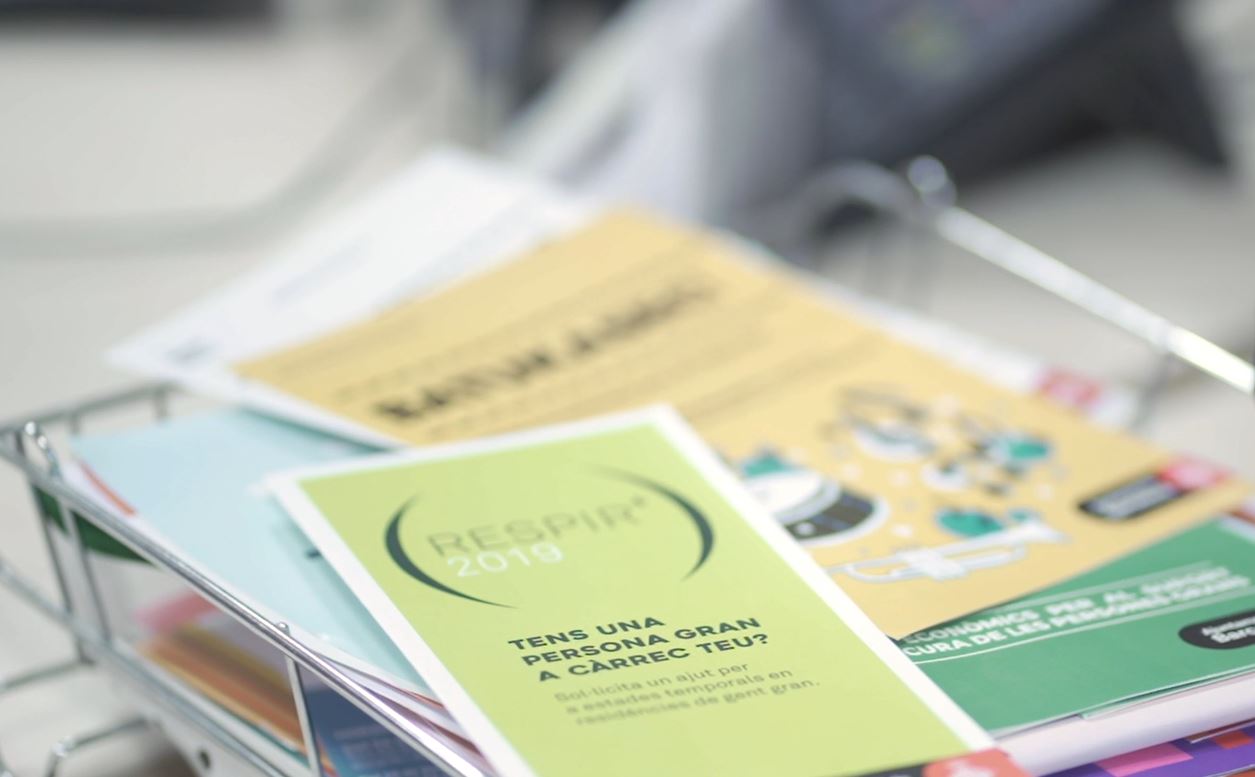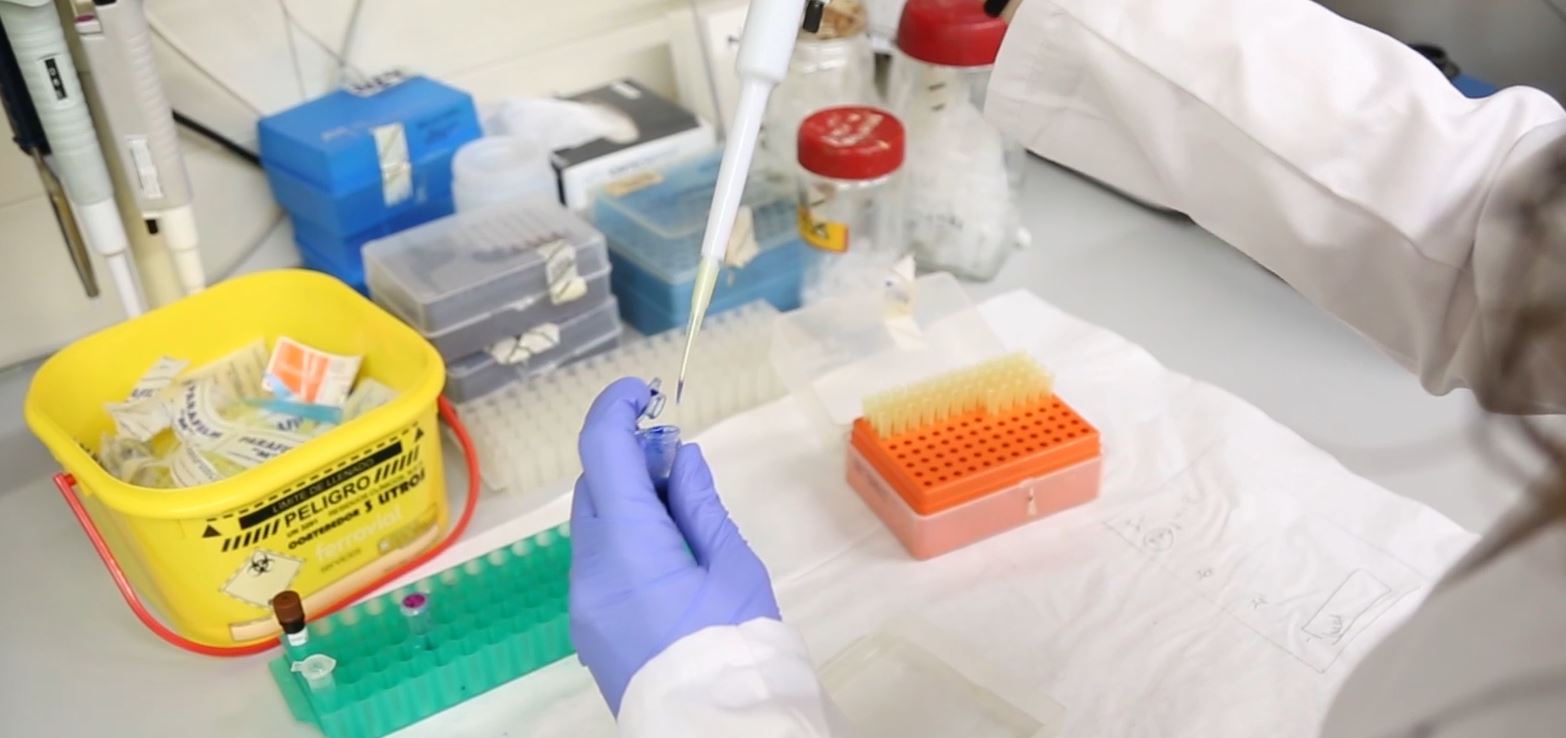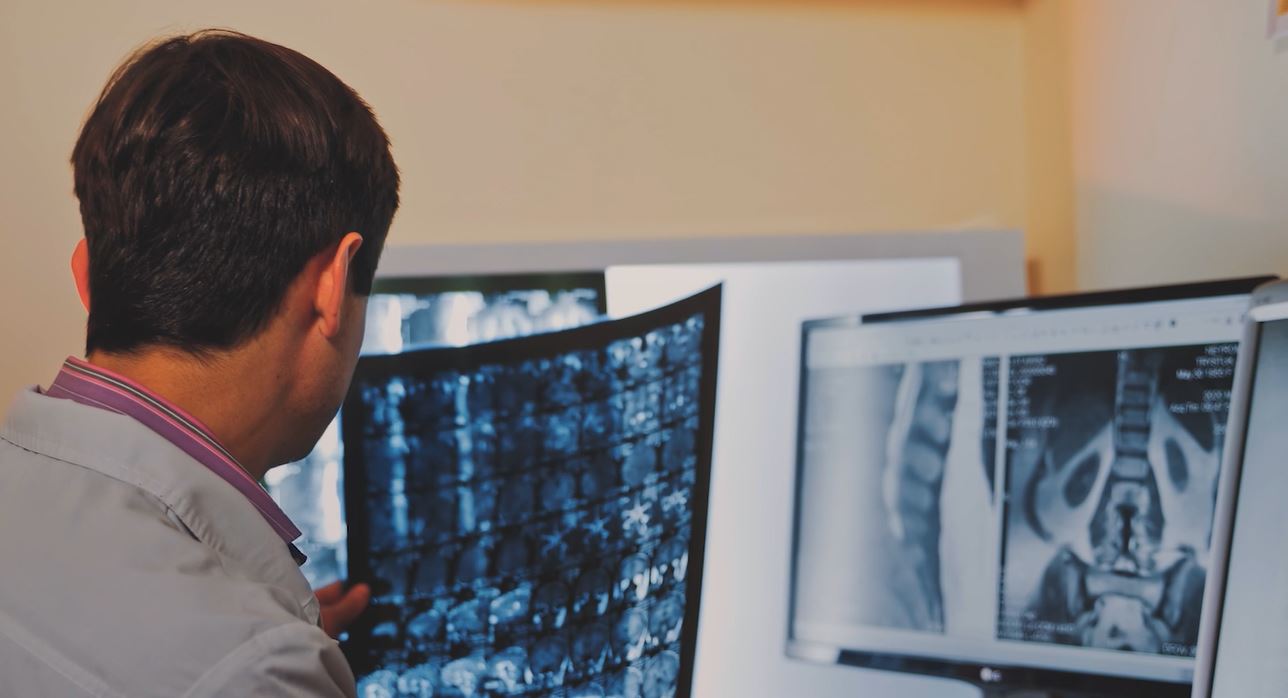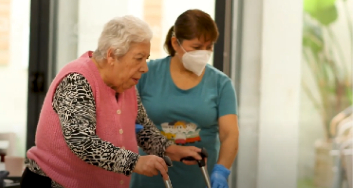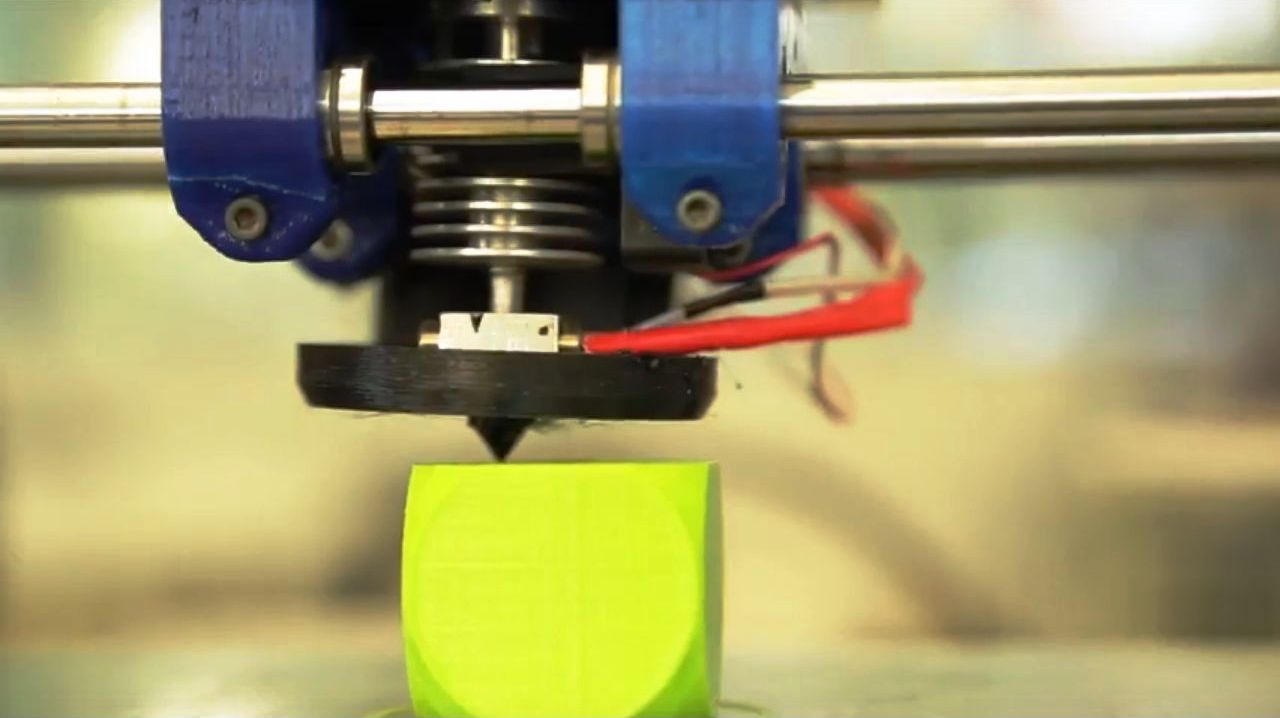
Performing Arts Doctor
Other denominations
Physician specialised in arts medicine
Description
Musicians, singers, actors, dancers (performing arts professionals) and all people who use their body as a means of expression (acrobats, film actors) can develop disorders throughout their professional career as a result of their work. According to various international studies, 80% of these professionals suffer at some point during their career from varying degrees of discomfort or injuries that hinder, and in some cases impede, studying, practicing and performing. Performing arts doctors, or specialists in so-called arts medicine, have emerged to prevent and treat these pathologies, delving into their causes and developing new technologies for diagnosis as well as preventive and corrective treatments.
Tasks
- Carry out diagnoses and provide customised treatment and rehabilitation programmes for artists experiencing problems. Carry out patient follow-up and, together with the physiotherapist, adjust the treatment to the progress of the patient
Make an initial diagnosis by studying medical history and symptoms and, above all, by observing how a musician plays or a dancer dances. In addition, use tools like ultrasound, electromyography, stroboscope, voice analyser, biofeedback, measurement systems and lip electrostimulation or the MIDI analysis system, among other especially designed tools.
For treatment proposals, take into account the characteristics of the profession, the degree of severity of the injury or illness, the impact of its consequences, and the physical and psychological characteristics of the patient. - Research work can summarised in the following tasks:
Study the training techniques (repetition of movements, etc.) and self-discipline to which the various arts professionals are subjected, making an assessment of anatomy and physiology involved and of physical and emotional stress caused.
Research possible causes of the various pathologies and develop new technologies to advance this research. Sometimes, tools are very simple, but also very useful and innovative. For example, creating a replica of part of a musical instrument, without metal and not the original size, makes it possible to perform a Functional MRI of a musican while he or she pretends to play, thus studying patterns of brain activation during the playing process.
In addition, scientifically analyse the results of traditional treatments and research to create new, less invasive and more effective treatments. The Institute of Physiology and Arts Medicine of Terrassa helped to develop a new tool (the Sensory Motor Returning) which allows non-invasive neurorehabilitation in the treatment of focal dystonia (known as 'musician's cramp' or 'musician's cancer'). - In the area of training, design prevention programmes based on general preventive concepts and on avoiding specific factors that have been identified as predisposing or triggering the condition. These include anything from techniques for warming-up and stretching before and after a performance or practice session to muscle strengthening and relaxation and a postural education programme and a method programme.
Also analyse and prepare performing arts professionals for top performance whilst helping prevent injuries, reinforcing their individual abilities and enforcing healthy postural and method habits. The effectiveness of this preparation shall by and large depend on whether or not it is initiated in the early stages of the professional career, preferably during student life.










 | Catalan | Beginner
| Catalan | Beginner | Catalan | Advanced
| Catalan | Advanced
 Open
Open | English | Beginner
| English | Beginner